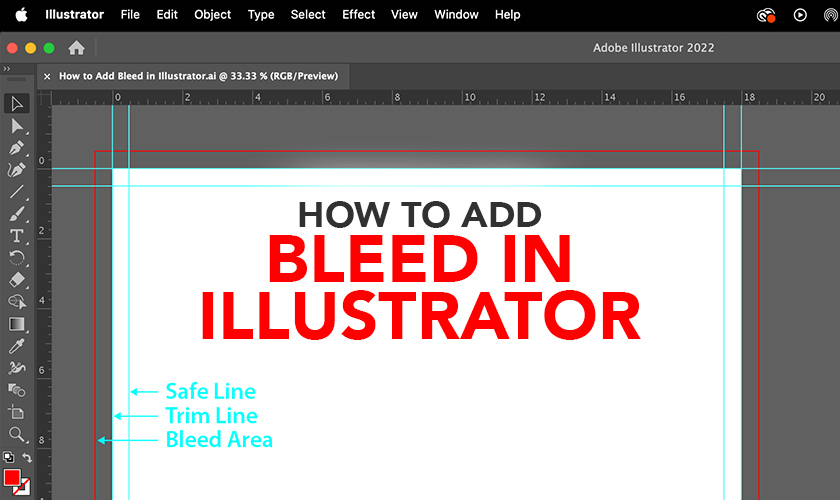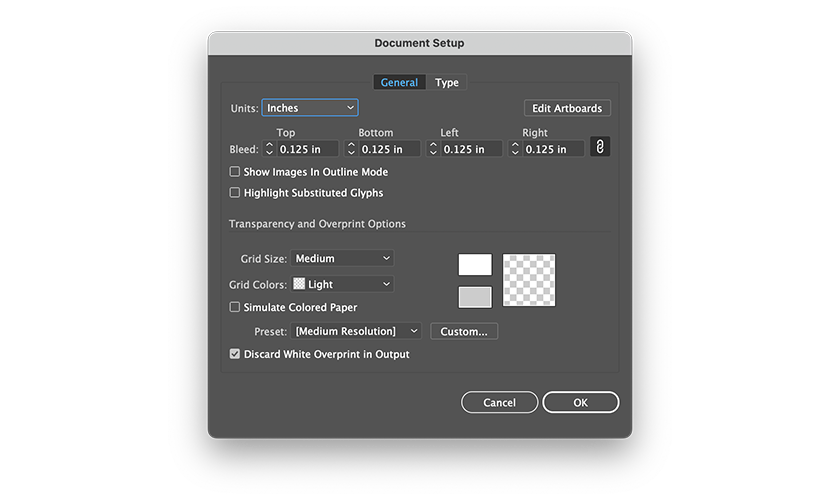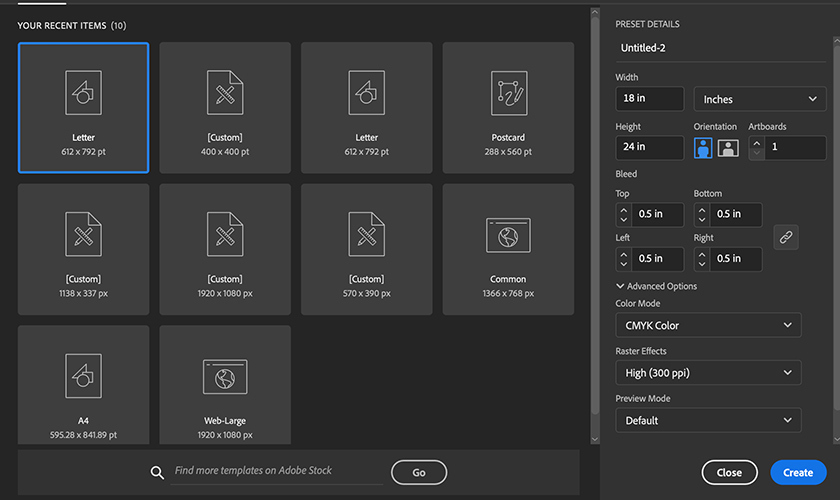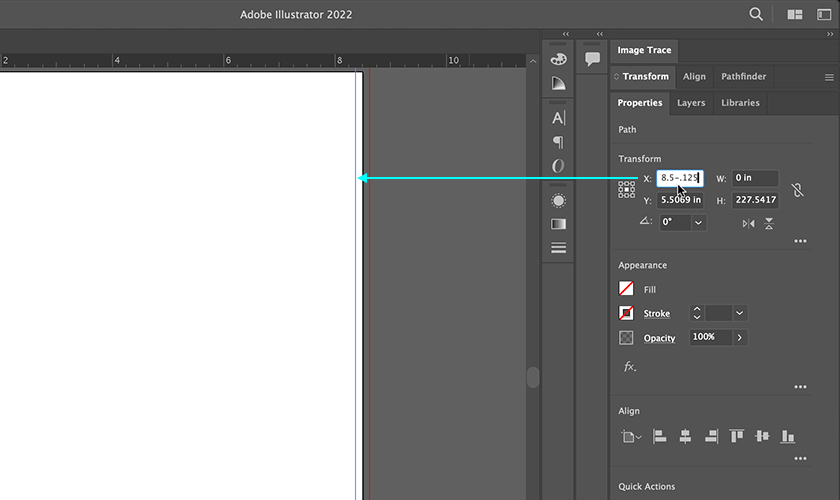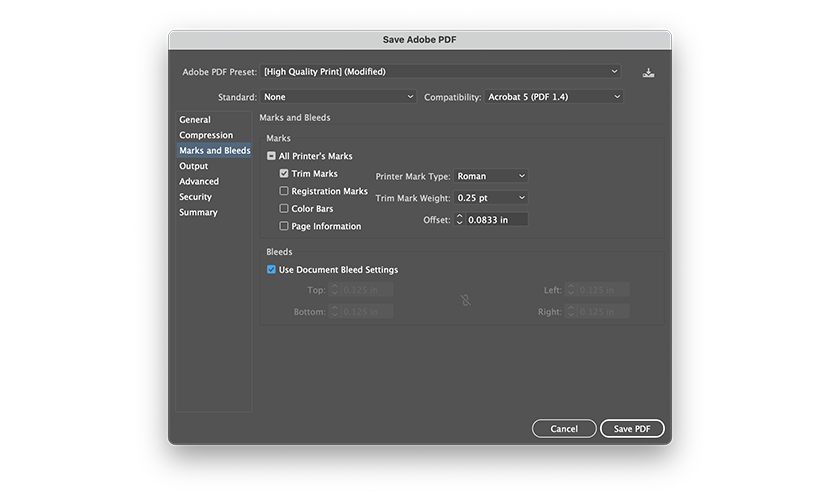Looking for impactful corporate event ideas to energize your team? clashgraphics.com details 28 creative and practical activities and suggestions to boost engagement and morale at your next team-building corporate event.

Key Takeaways
-
Interactive workshops and adventure activities are key to enhancing team collaboration and communication in corporate events.
-
Incorporating wellness retreats and community service events promotes employee well-being and cultivates a sense of purpose among team members.
-
Embracing unique entertainment options and culinary experiences can transform corporate events into engaging, memorable experiences that strengthen workplace relationships.
Interactive Workshops for Team Building
Interactive workshops are a cornerstone of successful corporate events. They significantly enhance communication skills, critical thinking, and team dynamics among employees. These workshops foster team bonding by strengthening the connections among team members and improving collaboration. Moreover, they encourage creative problem-solving, allowing employees to generate and implement innovative solutions. Overall, interactive workshops are a powerful tool for improving personal growth, collaboration, and workplace culture.
Diving into specific types of workshops, we find that improv sessions, leadership development workshops, and problem-solving challenges each offer unique benefits. These activities not only make the event enjoyable but also provide essential skills that enhance team dynamics and foster a positive company culture.

Improv Sessions
Improv sessions are a fantastic way to improve quick thinking and employee trust. Activities in these workshops include impromptu scenes and theater games, which help participants think on their feet and build confidence. Easing participants into improv with a performance before exercises can be helpful. Incorporating improv into your corporate event fosters an engaging atmosphere where attendees can step out of their comfort zones and collaborate creatively.
These sessions are perfect for holiday parties or company gatherings, where the goal is to inspire collaboration and foster team bonding. The interactive elements of improv make it an enjoyable and memorable experience that can significantly enhance team dynamics.
Leadership Development Workshops
Leadership development workshops are essential for cultivating creativity, critical thinking, and effective communication among participants. Activities such as book clubs and interactive challenges promote discussion and teamwork, enhancing leadership skills. Engaging tasks like the 'Leadership Pizza' allow participants to visualize and prioritize essential leadership traits. Situational leadership exercises help participants learn how to address challenging scenarios effectively while analyzing different leadership styles.
Team-building activities like the 'Marshmallow Challenge' enhance collaboration and innovation through friendly competition. The 'Minefield' activity fosters trust and communication by having blindfolded participants navigate with guidance from their teammates.
These team-building workshops are a fun and engaging way to develop leadership skills and promote teamwork.
Problem-Solving Challenges
Problem-solving challenges are a great way to build essential skills through interactive tasks that can be integrated into corporate events. Virtual reality challenges, for example, can enhance team dynamics by encouraging cooperation in simulated environments. Custom training sessions or workshops via virtual reality provide enjoyable ways for teams to collaborate and improve their problem-solving abilities. Engaging employees in team-based challenges fosters an environment of cooperation and encourages creative solutions.
These activities promote critical thinking and teamwork, making them an excellent addition to any corporate event. Incorporating problem-solving challenges creates an engaging experience that inspires collaboration and enhances team dynamics.
Adventure Activities to Promote Teamwork

Adventure activities are a thrilling way to promote teamwork and foster friendly competition. These activities, such as escape rooms, scavenger hunts, and outdoor sports events, offer a fun corporate event idea that can create lasting memories among team members. They challenge teams to solve puzzles, navigate landmarks, and engage in physical activities, all of which enhance problem-solving skills and team collaboration.
These activities not only promote teamwork but also foster a sense of adventure and exploration. Introducing prizes can increase engagement and promote friendly competition among teams. Adventure activities provide a unique and engaging experience that strengthens workplace relationships and enhances team dynamics.
Escape Rooms
Escape rooms are an excellent way to enhance problem-solving skills and team collaboration in corporate events. Participants must solve puzzles and unlock hidden clues, developing their collaboration, critical thinking, and problem-solving abilities. Activities like 'Ghost Hunt in the Haunted Mansion' enhance cleverness, communication, and teamwork.
Various types of escape rooms are available for corporate events, including mobile, digital, and hybrid formats. Escape rooms offer a fun and interactive way to engage employees and create memorable experiences that promote teamwork and collaboration.
Scavenger Hunts
Scavenger hunts are adventure games where teams work together to solve tasks and find items under a time limit. Participants receive a list of items to find or tasks to complete, promoting teamwork and collaboration. Scavenger hunts promote problem-solving and a sense of adventure, making them effective for team-building and reinforcing company culture.
Incorporating company-specific clues into scavenger hunts fosters a stronger connection to the organization's values and history. These hunts are a fun way to engage employees and promote teamwork while exploring their surroundings.
Outdoor Sports Events
Outdoor sports events encourage physical activity and strong team dynamics among employees. These events promote physical activity and team bonding, providing a fun corporate event idea that enhances team spirit and collaboration. Sports tournaments can range from casual games to full-day events, offering something for everyone.
Activities such as basketball, soccer, rock climbing, and more can be organized at various sports venues. Casual networking events like picnics or barbecues can also complement sports tournaments, creating a memorable and enjoyable experience for all participants.
Creative Corporate Event Ideas for Fun and Engagement

Creative corporate event ideas can significantly enhance workplace culture and boost employee morale. These events, such as themed parties, cooking classes, and photo booths, offer innovative ways to engage employees and foster camaraderie. Interactive elements, such as themed activities, create an atmosphere that encourages innovation and fosters team bonding.
From escape rooms tailored to company culture to games promoting friendly competition, these creative ideas can transform your corporate event into a memorable experience that engages employees and enhances collaboration. Let's delve into some specific examples of creative corporate events.
Themed Parties
Themed parties can transform a corporate event's atmosphere, enhancing attendees' overall experience and making it truly memorable.
Examples of themed parties include:
-
A masquerade ball
-
A sci-fi-themed party
-
A Hollywood/Bollywood glamour party
-
A 1920s-themed Great Gatsby party, capturing the elegance and excitement of the Jazz Age
Themed dress codes inspire creativity and camaraderie among employees. The purpose of themed galas is to create an immersive and memorable atmosphere that encourages team bonding and engagement.
Cooking Classes
Interactive cooking classes provide opportunities for team bonding while employees work together to prepare meals. Cooking classes offer a unique corporate event idea that combines learning and fun. Working together to prepare meals fosters camaraderie and creativity among team members.
These classes encourage collaboration and communication, making them an effective team-building activity that enhances workplace relationships.
Photo Booths
Setting up a photo booth at corporate events captures memorable moments and encourages social sharing. Photo booths add fun and interactivity to events, allowing attendees to capture memories and provide entertainment. Props used in photo booths add fun and creativity, encouraging attendees to create memorable moments.
Photo booths are a great addition to any corporate event, making it enjoyable and engaging for all participants.
Virtual Reality and Augmented Reality Experiences

Virtual and augmented reality setups are innovative ways to add fun to corporate events. Virtual and augmented reality can significantly enhance employee engagement in corporate events. Virtual reality (VR) provides immersive experiences by transporting users into a new environment, while augmented reality (AR) enhances the event experience by overlaying digital content onto the real world.
VR technology creates a high-impact, immersive experience that captivates participants during events. Fostering creativity and engagement are key benefits of VR experiences during events. Currently, 30% of event organizers are looking to incorporate AR elements into their events, making it a trend worth exploring.
VR Team-Building Challenges
VR team-building challenges build camaraderie and teamwork among participants. Virtual reality challenges are innovative activities that engage team members in collaborative environments. Participants must solve problems together, enhancing their collaboration and critical thinking skills.
Ultimately, VR challenges can significantly improve team dynamics and boost overall productivity. These challenges are an exciting addition to any corporate event, fostering team bonding and problem-solving.
AR Scavenger Hunts
AR scavenger hunts offer a unique and interactive way to engage employees, merging physical challenges with digital experiences. Integrating AR elements into scavenger hunts makes them more engaging, allowing teams to receive clues and complete challenges through their devices. This combination of real-world exploration and digital tasks enhances problem-solving and teamwork among participants.
These hunts not only foster camaraderie but also create memorable experiences that enhance company culture. AR scavenger hunts are a fun and innovative way to bring employees together and promote collaboration.
Wellness and Relaxation Retreats

Wellness and relaxation retreats are an excellent way to alleviate employee burnout and enhance team collaboration. Activities like guided meditation and yoga can significantly recharge employees physically and mentally. These retreats provide a calm, refreshing environment that promotes relaxation and team bonding.
In addition to yoga and mindfulness sessions, incorporating activities like spa days can further enhance the relaxation and rejuvenation of employees. Overall, wellness retreats contribute to a healthier, more productive workforce by fostering a positive and supportive work environment.
Yoga and Mindfulness Sessions
Incorporating breathing exercises into yoga sessions can further enhance relaxation and focus among employees. Regular participation in yoga and mindfulness can lead to reduced stress levels, increased focus, and improved overall well-being among employees.
Overall, yoga and mindfulness practices are essential for fostering a positive work environment and enhancing employees' mental health. These sessions can be a valuable addition to any corporate wellness retreat.
Spa Days
Spa days promote relaxation and rejuvenation among employees, helping to reduce stress. Focusing on wellness through spa days contributes to employees' mental and physical health. Activities like massages and various treatments cater to the relaxation needs of employees during spa days.
The rejuvenating effects of spa treatments can lead to improved morale and productivity in the workplace. Spa days are a perfect way to pamper employees and show appreciation for their hard work.
Charity and Community Service Events

Involving employees in charitable activities enhances their sense of community and purpose. Participating in charity events allows employees to connect with local causes and foster a sense of teamwork. These events serve as a platform for employees to share their passions and ideas for community engagement.
Volunteering together creates a sense of accomplishment and pride, leading to closer team connections. Supporting a charity that resonates with employees fosters motivation and alignment within the team. Charity and community service events are a meaningful way to promote team bonding and social responsibility.
Volunteer Days
Organizing volunteer days fosters team unity and encourages social responsibility. Participating in group volunteer activities leads to stronger workplace relationships and improved morale. Many companies provide time off for employees to volunteer, and these events are commonly organized during holidays.
Volunteer days offer employees the chance to give back to their communities while building stronger bonds with their colleagues. They are an impactful addition to any corporate event calendar.
Fundraising Events
The primary purpose of fundraisers in corporate events is to raise money for a good cause while boosting team unity. Fundraisers commonly use various formats. Some popular options include auctions, charity runs or walks, and formal dinners. Incorporating unusual fundraising ideas can make events more exciting and successful for fundraising and team building.
Hosting events like charity runs not only raises funds but also promotes teamwork and a shared sense of accomplishment among employees. Fundraising events are a great way to engage employees and support meaningful causes.
Unique Entertainment Options for Corporate Events

Unique entertainment options can transform corporate events into memorable experiences that captivate attendees and enhance team spirit. Live music acts, comedy shows, and light shows are just a few examples of entertainment that can elevate your event. These options create an engaging atmosphere and provide shared experiences that strengthen workplace relationships.
From supporting local artists to incorporating interactive elements like casino nights, unique entertainment options can make your corporate event unforgettable. Let's explore some specific examples of entertainment options that can add a fun twist to your event.
Live Music Performances
Live music uplifts spirits, creates a vibrant atmosphere, and provides a shared experience for attendees. An alternative to hiring a live band is setting up a karaoke option where employees can sing, making the event interactive.
Hiring local bands or musicians can enhance corporate gatherings by providing live entertainment. Choosing the right entertainment, whether live music or karaoke, can significantly engage employees and enhance the event experience.
Comedy Shows
Incorporating a comedy show into corporate events can bring joy and lightness to the atmosphere. The purpose of including comedy is to create happiness, relaxation, and camaraderie among employees. Laughter builds a sense of camaraderie, ultimately strengthening relationships among employees.
Comedy shows are a great way to engage employees and make the event enjoyable.
Light Shows
Utilizing wearable technologies can provide interactive light shows that elevate the overall experience at corporate gatherings. Wearable technologies enable the creation of mesmerizing light displays that react to movement and sound, captivating attendees.
These interactive light shows enhance the overall event experience by engaging attendees and creating a memorable atmosphere. Incorporating wearable technology increases attendee engagement and leaves a lasting impression.
Culinary Experiences to Foster Team Bonding

Culinary experiences are a fantastic way to foster team bonding and enhance collaboration. Cooking classes, food tastings, and mixology classes offer interactive and enjoyable ways for employees to connect. Cooking together encourages communication and enhances problem-solving skills. It also promotes creativity among team members.
These experiences can be tailored to accommodate different skill levels, making them accessible for all employees. Let's explore some specific culinary experiences that can add flavor to your corporate event.
Mixology Classes
Learning to create cocktails is a key activity in mixology classes. These classes can be conducted live, virtually, or in hybrid formats, providing flexibility for different event setups.
Mixology classes can significantly enhance team cohesion and creativity, making them a unique and interactive experience for participants. Hosting mixology classes boosts morale and fosters team bonding.
Food Tastings
Food tastings in corporate events are events where teams sip drinks or sample food and share impressions. These tastings can showcase what's happening in the kitchen for internal feedback, especially if the company produces food.
Hosting tastings can involve booking external facilitators or visiting local eateries. Pairings such as wine with chocolate can add an exciting element to food tastings. These events encourage collaboration and teamwork among employees.
Hybrid and Virtual Corporate Events

Hybrid and virtual corporate events keep employees connected in remote work environments. Integrating in-person and remote attendees is a challenge that hybrid events must address effectively. Incorporating interactive elements such as gamification and live polling can significantly enhance engagement at hybrid events.
Technology can significantly enhance hybrid event experiences. It achieves this by seamlessly connecting both in-person and remote participants.
Hybrid and virtual events are a modern solution for creating inclusive and engaging corporate events.
Virtual Trivia Nights
Virtual trivia nights are evenings of friendly competition where teams answer various questions. These events engage remote employees, foster connections, and encourage friendly competition.
Organizing a trivia night requires a host, a chosen theme, a set of questions, and a venue announcement. Virtual trivia nights are a fun and engaging way to bring remote teams together.
Online Cooking Classes
Online cooking classes offer a unique opportunity for team bonding and employee engagement. These classes are led by professional chefs who guide employees through the cooking process, enhancing their culinary skills.
Participants can easily participate in these classes from the comfort of their own kitchens, enhancing convenience. Cooking together fosters camaraderie and connection among employees, making these classes a valuable team-building activity.
Celebratory Events to Recognize Achievements

Celebrating achievements with events that acknowledge employee contributions fosters a positive company culture. Organizing awards ceremonies to recognize outstanding employees and celebrate their accomplishments is a great way to show appreciation.
Celebrating work anniversaries shows appreciation for employee loyalty and dedication, creating opportunities for team bonding. End-of-year corporate events can reflect on the year's successes and boost team spirit. Recognition events are important for employee engagement and morale.
Awards Ceremonies
The purpose of awards ceremonies is to celebrate individual and team wins. Awards ceremonies recognize employee achievements and contributions.
Planning an awards ceremony involves creating categories, choosing nominees, selecting winners, and organizing the event. The main event of an awards ceremony can take place in an office event room, restaurant, rented event space, or online. Allowing winners to make acceptance speeches creates a sense of pride and recognition.
Work Anniversaries
Work anniversaries are important as they make team members feel valued and encourage retention. Celebrating work anniversaries allows teammates to gather and support each other.
Organizations can celebrate work anniversaries through announcements, parties, lunches, cards, and gifts. These celebrations are a great way to show appreciation and foster team bonding.
Cultural and Diversity Events

Cultural festivals in the workplace can showcase traditional costumes and performances, enhancing engagement. These festivals can include various activities, such as traditional dance performances and art exhibitions, to engage participants.
Cultural festivals provide opportunities for employees to experience diverse traditions through interactive food and activities. Celebrating various cultural holidays can enhance team spirit and encourage social interaction among employees. Cultural and diversity events create an inclusive environment where employees feel valued and appreciated.
Cultural Festivals
Cultural festivals in a corporate environment celebrate diversity and share traditions. The purpose of organizing a cultural festival is to build cultural awareness and inclusivity. These festivals can include food, music, and art displays that celebrate the diversity within the workplace.
Cultural festivals are a great way to enhance engagement and promote a sense of belonging among employees.
Diversity Workshops
Diversity and inclusion workshops are essential for creating a welcoming workplace, encouraging employees to appreciate and respect different backgrounds and perspectives. These workshops can educate employees on the importance of diversity, equipping them with knowledge to foster an inclusive work culture.
Overall, diversity workshops promote inclusivity, leading to improved employee morale and collaboration in the workplace. Hosting cultural festivals can complement diversity training efforts and enhance cultural awareness.
Budget-Friendly In-Office Events

Budget-friendly in-office events are an excellent way to create enjoyable experiences without straining budgets. Potluck events allow team members to share dishes and enjoy a communal meal, fostering connection and conversation in the workplace.
DIY craft sessions promote creativity and teamwork among employees, providing a fun and interactive way to engage the team. Planning cost-effective events in the office can create memorable experiences that enhance team bonding and employee engagement.
Potluck Meals
Potluck-style events allow employees to bring in homemade dishes. This approach is a cost-effective way to supply food and beverages at corporate events. Sharing homemade dishes can enhance communication and camaraderie among team members, making the workplace feel more like a community.
Potluck meals allow employees to bring dishes to share, fostering connection and conversation in the workplace. These events are a simple yet effective way to promote team bonding and engagement.
DIY Craft Sessions
Activities may consist of paint and sip sessions. Other options include sign-making, ceramic-making, card-making, succulent garden crafting, and mosaic-making. Setting up a DIY Day requires gathering supplies, finding a suitable workspace, and providing instructions.
To adapt DIY craft sessions for remote teams, consider the following steps:
-
Send craft kits or supply lists to all participants.
-
Schedule a meeting on Zoom to craft together.
-
Encourage creativity and teamwork during the session.
DIY craft sessions promote creativity and teamwork among employees, making them an enjoyable and engaging activity.
Corporate Event Ideas Summary
In conclusion, organizing a variety of corporate events can significantly enhance team bonding, employee engagement, and workplace culture. From interactive workshops to thrilling adventure activities and creative events, there are countless ways to make your corporate event memorable and impactful. Each event idea offers unique benefits that can foster collaboration, promote teamwork, and boost morale.
By incorporating these event ideas into your corporate calendar, you can create an engaging and dynamic work environment that your team will appreciate. Remember, the key to a successful corporate event is to choose activities that resonate with your team and align with your company culture. Happy planning!
Corporate Event Frequently Asked Questions
What are some budget-friendly corporate event ideas?
Consider hosting potluck meals or DIY craft sessions to create a fun and engaging atmosphere without breaking the bank. These budget-friendly ideas not only save money but also enhance team bonding!
How can virtual and hybrid events benefit remote employees?
Virtual and hybrid events can significantly boost remote employee engagement and collaboration through interactive features like gamification and live polling. Embrace these possibilities to create a more connected and dynamic work environment!
What are the benefits of incorporating wellness retreats into corporate events?
Incorporating wellness retreats into corporate events significantly boosts employee relaxation and rejuvenation, reducing stress and strengthening team bonds. Embrace this opportunity for your team to thrive and enhance their overall well-being!
How can cultural and diversity events enhance workplace culture?
Cultural and diversity events significantly enhance workplace culture by fostering inclusivity and a sense of belonging among employees. Embrace these opportunities to celebrate your diverse backgrounds and create a more engaged and positive work environment!
What are some unique entertainment options for corporate events?
Consider incorporating live music performances, comedy shows, or interactive light shows into your corporate event to create an engaging and memorable atmosphere that fosters teamwork and connections among colleagues. Embrace creativity and watch your event shine!
Clash Graphics Print Shop Atlanta Flyer Printing
2233 Peachtree Rd NE Ste 202 Atlanta, GA 30309
(678) 235-3464
To view the original version on Clash Graphics, visit: https://www.clashgraphics.com/printing-tips/28-corporate-event-ideas/
